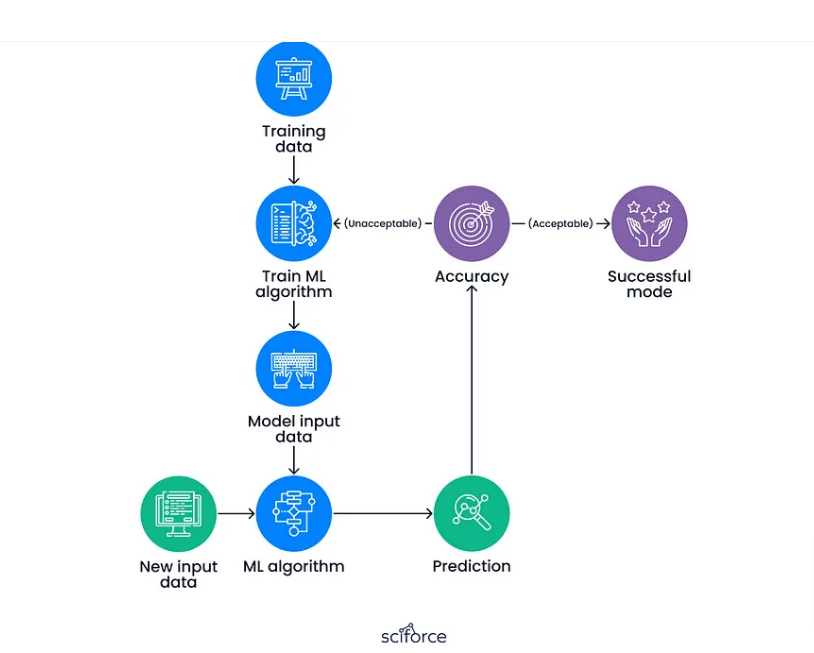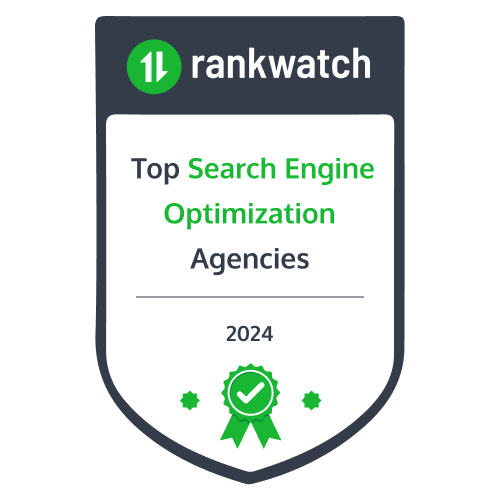How E-commerce Sites Can Leverage AI to Maximize SEO and Reach
In today’s competitive digital landscape, e-commerce businesses are increasingly turning to artificial intelligence (AI) to enhance their search engine optimization (SEO) strategies and expand their market reach. This comprehensive guide explores how online retailers can harness AI technologies to drive organic traffic and improve their search rankings.
Revolutionizing Product Descriptions and Content
AI-powered natural language processing (NLP) tools are transforming how e-commerce sites create and optimize product descriptions. With the rise of AI-generated content, businesses can now automate and streamline their content creation process while maintaining a natural and engaging tone. However, raw AI-generated text often lacks the human touch needed to resonate with audiences.
These sophisticated systems can:
- Generate unique, SEO-optimized product descriptions at scale, eliminating duplicate content issues. You can also integrate Google reviews inside product descriptions or below them. The more reviews, the better your sales are going to be.
- Automatically incorporate relevant keywords while maintaining natural readability
- Create multilingual content to target international markets without manual translation
- Adapt content tone and style to match brand voice and target audience preferences
When you add product descriptions and content on your ecommerce site, ensure that user-generated content takes precedence.
Amazon for instance allows users to upload images of their products and most often these are some of the most viewed content on the site. There’s a tactic to leverage this further.
How? With the help of influencer marketing. Send influencers your products and ask them to upload videos and product images that show them using the product. Micro-influencers are the best for this strategy and each post generates 10 to 100x the engagement and reach.
Enhancing Customer Experience
There are few ways to use AI and ML to improve customer experience and most retailers are making use of these: 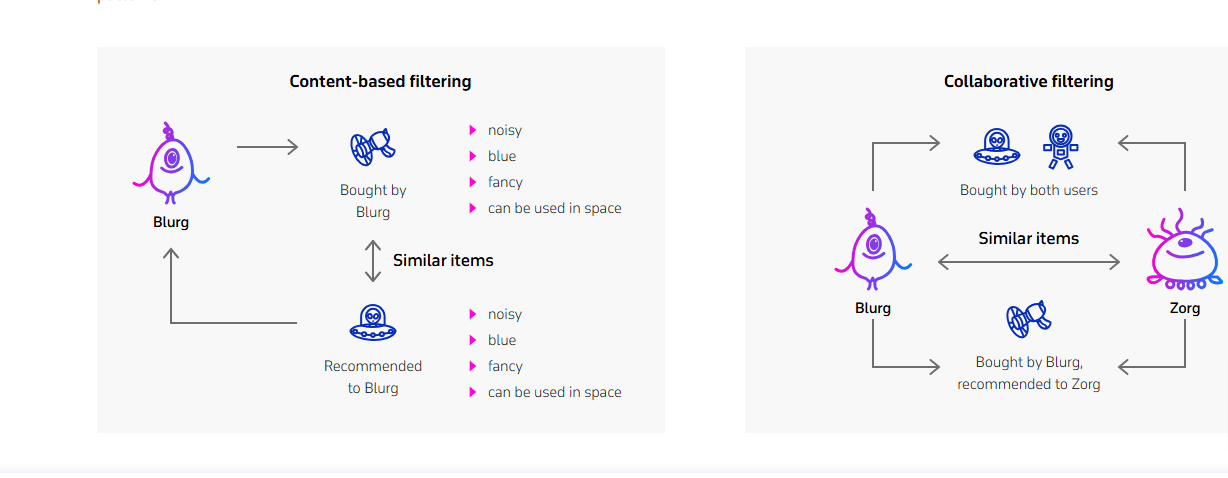
- Personalization: AI uses online shopping experiences to understand customer data, such as browsing history and purchase habits.
- use this information to tailor recommendations to customers in a way that scales. Basically, AI lets retailers one on one personalization to pages starting from thousands to tens of thousands and this means happier customers with great shopping experiences.
- The offerings are hyper-personalized, super relevant and timely sent. This is based on real-time user behavior.
- It provides context about customers and precise recommendations as well.
- A Norwegian retailer with 19 stores uses Machine Learning to adapt its messaging across seasons and regions. The website highlights products based on past browsing and refines product recommendations based on user demographics. This approach gets 50% more clicks than a less personalized approach. This is where Walter Writes AI, an advanced AI humanizer, plays a crucial role—refining AI-generated product descriptions to make them more authentic, readable, and aligned with your brand’s voice.
- Customer service: AI-powered chatbots as well as assistants can be trained to handle queries together with natural language processing and are good enough to provide them with human-sounding answers. Intelligent bots are powering 24*7 service.
- .
2. Improving eCommerce Security
AI and ML are also great at spotting suspicious behavior without relying too much on rule sets. This makes them great at fraud detection and preventing most frauds. In ecommerce advanced ML is great for unsupervised learning models based on larger amounts of data to analyze and make sense of transactions.
The system is always hunting down patterns rather than following set rules. It adds flexibility to fraud detection. This lets AI-enabled security tools to make real world decisions. It also shows why AI is excellent at detecting and avoiding false positives when a customer’s activity is marked as fraudulent.
3. Optimizing Pricing and Inventory Management
Machine learning also helps retailers take advantage of dynamic pricing by automatically analyzing price changes across thousands of SKUs.
AI can automatically analyze if price changes on sales affect your price and determine optimal pricing based on several pre-determined requirements.
Dynamic pricing based on fluctuations in demand like during a heat wave helps manage balanced inventory. And optimizes sales.
4. Streamlining the Retail Supply Chain
AI and ML are helping retailers improve supply chain logistics in a few different ways. For instance improving supply chains can help analyze large data volumes like changing data patterns, weather conditions and inventory locations to plan both shipping and delivery routes.
ML also adjusts schedules and resource allocation using this real-time data. This makes the entire delivery process much more efficient and pragmatic.
Walmart , Amazon, and Tencent also use ML to understand future making use of stuff like predictive analytics to understand patterns from past data and create a forecast for an indemand product. This helps automatically optimize inventory levels.
5. Powering eCommerce Marketing Strategies
AI is changing how retailers execute, optimize and plan. How they market goods to consumers. By analyzing customer data through personalized promotions and engagement through offers and content you can follow up on tasks like sending reminders.
Also,. According to Mailjet’s Inbox Insights 2022 report, nearly 60% of successful email marketers cite personalization as one of the best ways to increase engagement.
Personalization with the help of ML algorithms can analyze customer data and create much more targeted email campaigns.
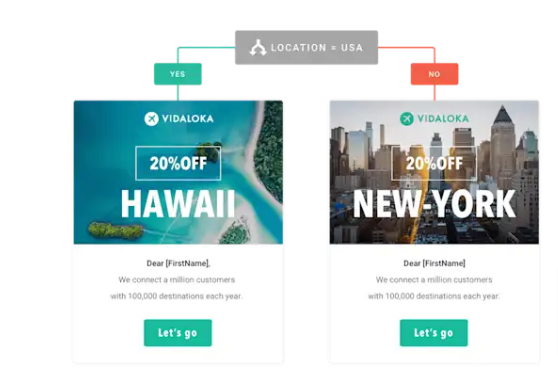
Key Components of AI-Generated Product Descriptions
1. SEO Optimization

- Keyword Integration: AI systems automatically weave primary and secondary keywords naturally into descriptions
- Search Intent Matching: Descriptions align with common search queries and user intent
- LSI (Latent Semantic Indexing) Keywords: AI incorporates related terms to improve relevance
2. Structural Elements
- Clear Feature Organization: Benefits and features presented in scannable formats
- Technical Specifications: Accurate presentation of product details
- Social Proof Integration: Strategic placement of review snippets and ratings
3. Emotional Triggers
- Benefit-Focused Language: Emphasizes how products solve customer problems
- Persuasive Elements: Incorporates proven psychological triggers
- Brand Voice Consistency: Maintains company tone and style

Example Templates and Transformations
Basic Product Input:
Copy
Product: Blue Cotton T-Shirt
Features: 100% cotton, crew neck, short sleeves
Size: S-XXL
Color: Navy Blue
AI-Enhanced Output:
“Experience ultimate comfort with our premium Navy Blue Crew Neck T-Shirt. Crafted from 100% pure cotton, this versatile essential delivers breathable comfort for all-day wear. The classic crew neck design and perfect-length short sleeves create a timeless silhouette that suits any casual outfit. Available in sizes S through XXL, this t-shirt offers a comfortable fit for every body type. The rich navy blue color maintains its vibrancy through multiple washes, making this your go-to wardrobe staple.”
Advanced AI Features for Product Descriptions
1. Dynamic Content Adaptation
- Mobile-Friendly Versions: Automatically generates concise versions for mobile displays
- Platform-Specific Formats: Adapts content for different marketplace requirements (Amazon, eBay, etc.)
- A/B Testing Variations: Creates multiple versions to test effectiveness
2. Multi-Language Support
- Culturally Appropriate Translations: Maintains meaning across languages
- Market-Specific Customization: Adapts to regional preferences and regulations
- Consistent Brand Voice: Maintains tone across languages
3. Rich Media Integration
- Image Caption Generation: Creates SEO-friendly alt text and captions
- Video Script Generation: Produces compelling product video scripts
- Rich Snippet Optimization: Generates structured data for enhanced SERP displays
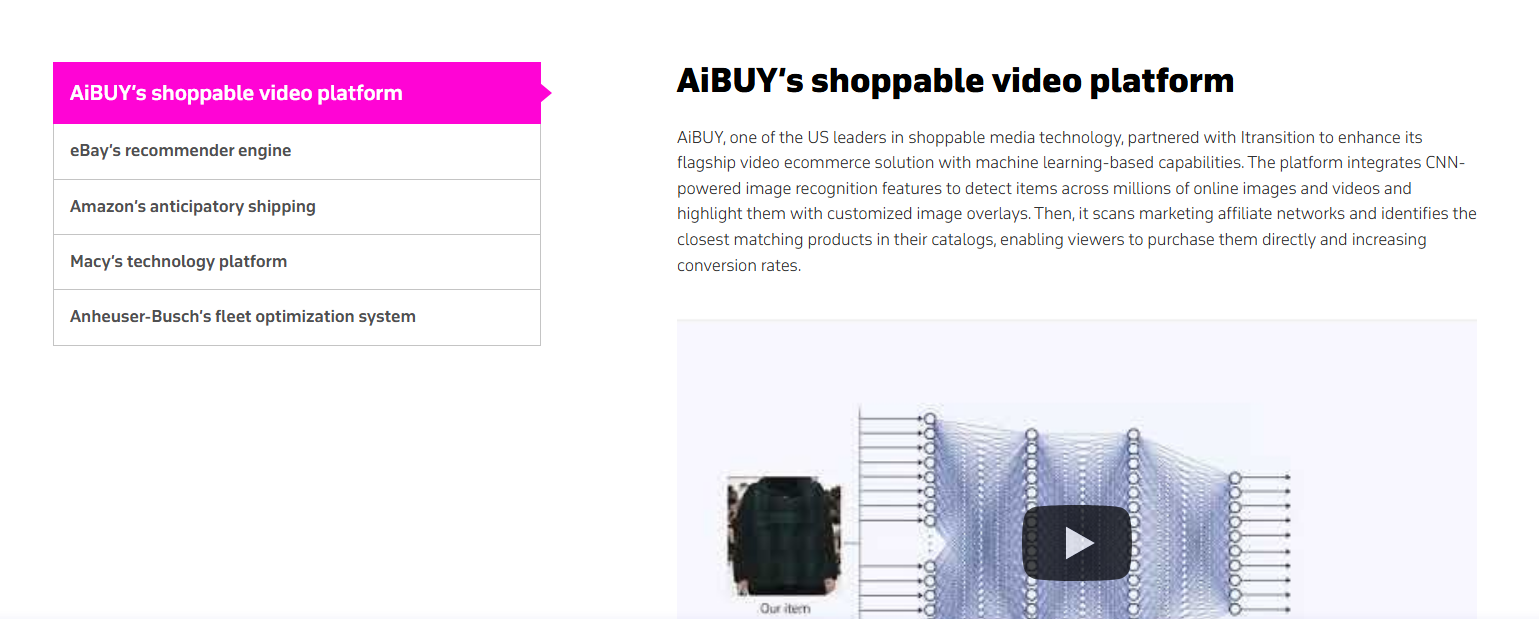
Best Practices for Implementation
1. Data Input Standards
- Create comprehensive product attribute sheets
- Maintain consistent taxonomy across product categories
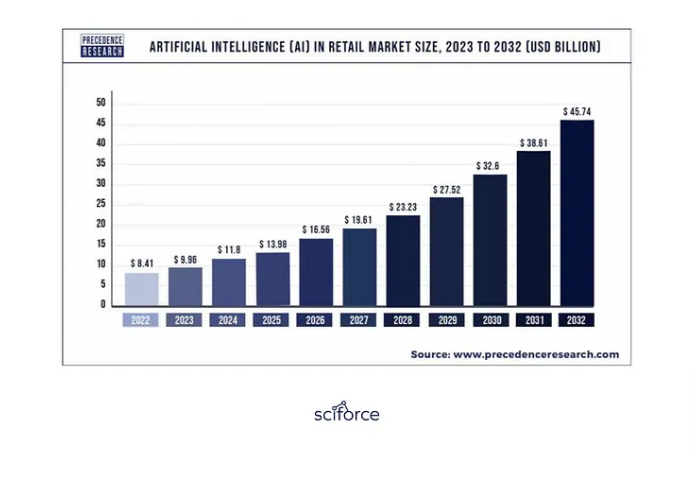 Include brand guidelines and tone requirements
Include brand guidelines and tone requirements
2. Quality Control Process
- Set up automated quality checks for:
- Grammar and spelling
- Keyword density
- Brand voice consistency
- Technical accuracy
- Compliance requirements
3. Performance Monitoring
- Track key metrics:
- Conversion rates
- Time on page
- Bounce rates
- Search rankings
- Click-through rates
Common Pitfalls to Avoid
- Over-optimization for keywords at the expense of readability
- Generating identical descriptions for similar products
- Ignoring brand voice guidelines
- Missing crucial product specifications
- Failing to update descriptions with product changes
Future Developments
- Enhanced personalization based on user behavior
- Advanced sentiment analysis for emotional appeal
- Integration with augmented reality product experiences
- Real-time optimization based on user engagement
- Voice search optimization capabilities
Example Product Description Framework
Technical Products:
Copy
[Attention-Grabbing Opening]
[Primary Benefit Statement]
[Technical Specifications]
[Use Case Scenarios]
[Competitive Advantages]
[Social Proof]
[Call to Action]
Fashion Items:
Copy
[Style Statement]
[Material and Comfort Description]
[Fit and Sizing Details]
[Styling Suggestions]
[Care Instructions]
[Unique Features]
[Call to Action]
Measuring Success
Track these key performance indicators (KPIs):
- Conversion rate improvements
- Reduction in product return rates
- Increase in organic search traffic
- Better search ranking positions
- Reduced bounce rates
- Higher average order value
- Improved customer satisfaction scores
Smart Keyword Research and Optimization
Modern AI algorithms excel at uncovering valuable keyword opportunities by:
- Analyzing search patterns and user intent across different market segments
- Identifying long-tail keywords with high conversion potential
- Predicting seasonal keyword trends and search volume fluctuations
- Suggesting semantic variations and related terms to expand content reach
Technical SEO Enhancement
AI tools are revolutionizing technical SEO by:
- Automatically identifying and resolving internal linking issues
- Optimizing site structure and navigation based on user behavior patterns
- Detecting and fixing broken links and redirect chains
- Improving page load speeds through predictive resource loading
Additionally, AI-driven logistics optimization can benefit businesses such as Boston courier services by improving delivery efficiency and reducing operational costs.
Image and Visual Search Optimization
Visual search is becoming increasingly important for e-commerce SEO. AI enables:
- Automated image tagging and alt text generation
- Visual similarity search capabilities
- Enhanced product categorization based on image analysis
- Optimization of product images for both traditional and visual search engines
Personalized User Experience
AI algorithms can create personalized shopping experiences that improve both SEO and conversion rates by:
- Dynamically adjusting product recommendations based on user behavior
- Customizing search results based on individual user preferences
- Implementing chatbots that provide relevant product information and support
- Creating personalized content paths that keep users engaged
Competition Analysis and Market Intelligence
AI-powered tools provide valuable insights into competitor strategies by:
- Monitoring competitor pricing and product offerings in real-time
- Analyzing competitor content strategies and identifying gaps
- Tracking competitor rankings for target keywords
- Identifying emerging market trends and opportunities
Implementation Strategies
To effectively implement AI for SEO, e-commerce businesses should:
- Start with a clear assessment of current SEO performance and goals
- Choose AI tools that integrate well with existing systems
- Implement changes gradually and monitor their impact
- Maintain a balance between automation and human oversight
- Regularly update and refine AI models based on performance data
Future Trends
The future of AI in e-commerce SEO looks promising, with emerging technologies focused on:
- Voice search optimization
- Advanced natural language understanding
- Predictive analytics for user behavior
- Real-time content optimization
- Enhanced visual search capabilities
Conclusion
AI is not just a luxury but a necessity for e-commerce businesses aiming to maintain competitive advantage in search rankings. By strategically implementing AI-powered SEO tools and continuously adapting to new technologies, online retailers can significantly improve their visibility and reach in an increasingly crowded digital marketplace.
The key to success lies in choosing the right AI solutions that align with business goals and maintaining a balanced approach between automation and human expertise. As AI technology continues to evolve, businesses that embrace these innovations while maintaining focus on user experience and value will be best positioned for long-term success in the e-commerce space.

